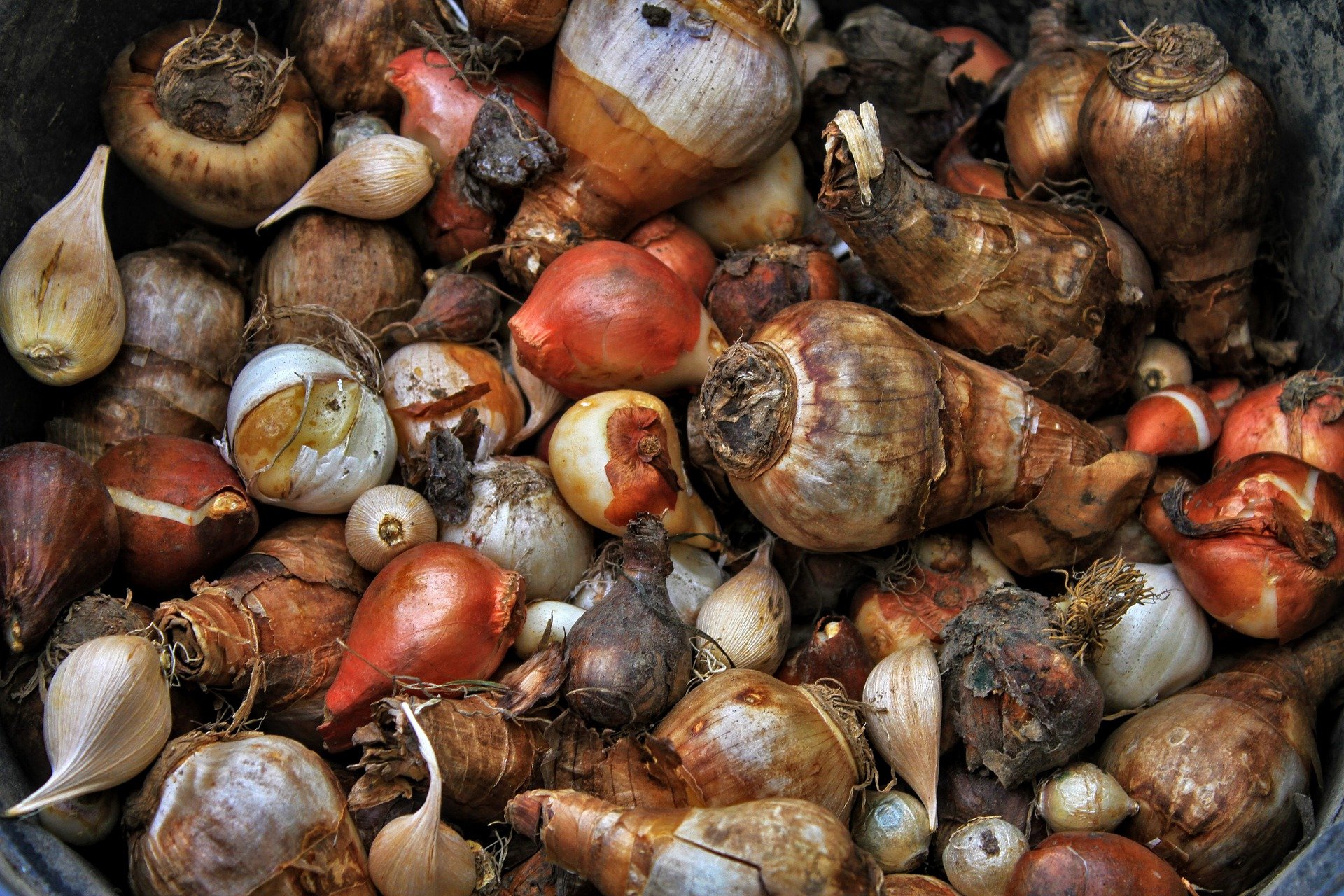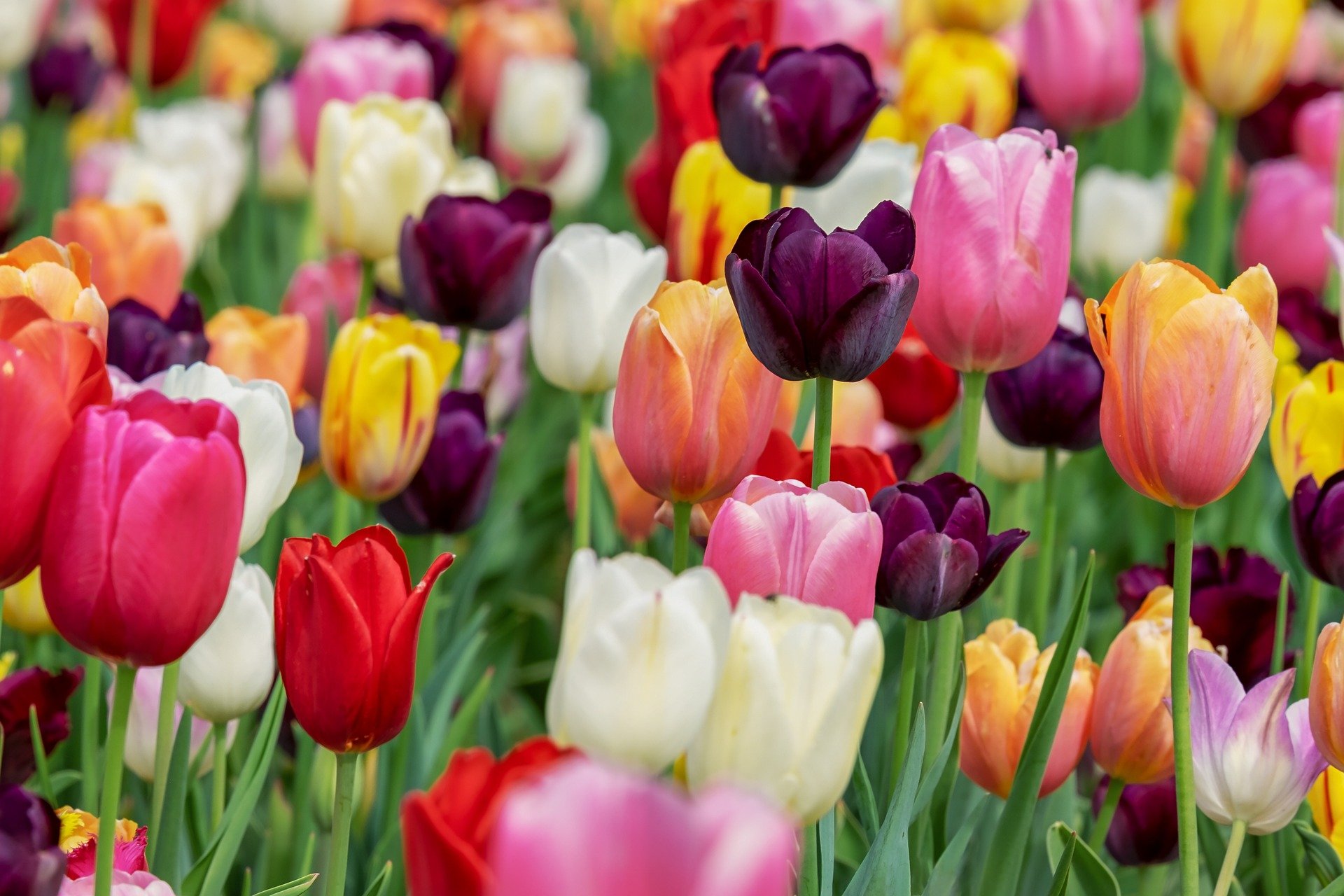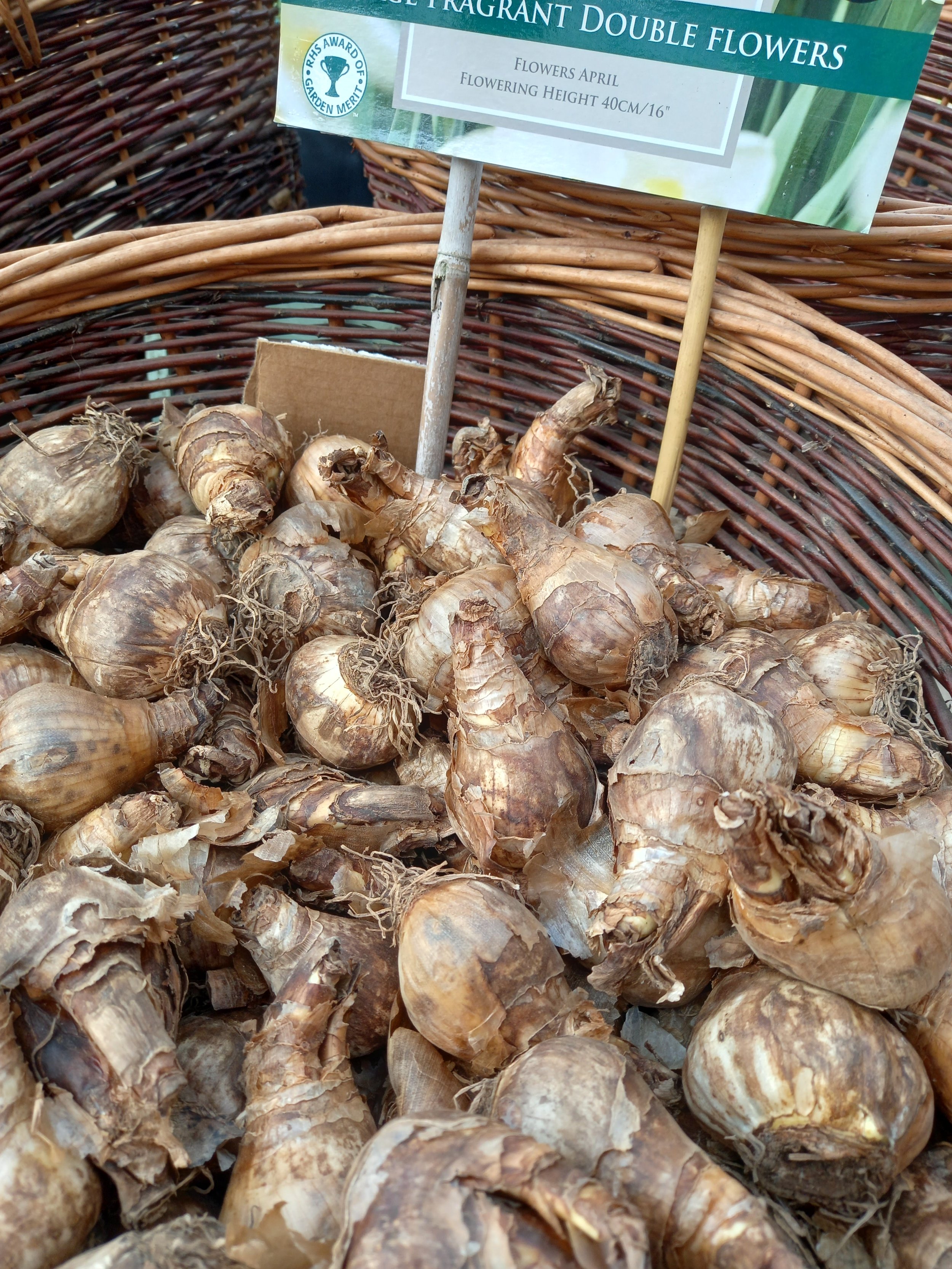November 2022
Hedging
A hedge is one of the very best ways to encourage and provide for wildlife in your garden.
Sadly, since the Second World War, hedgerows have been removed at a much greater rate than have been planted. Now, many of us are keen to re-dress the balance and realise the invaluable benefits that encouraging wildlife into our gardens brings.
We hope you’ll agree that looking at an area awash with foliage and wildlife is infinitely better than a bare fence or uninspiring wall.
A hedge created from a variety of species (many of them native) such as Hawthorn, Hazel, Crab Apple, Dog Rose, Beech or Hornbeam, purchased and planted as bare root stock at this time of year, is not only much more economical than fencing, but can help with excess water run off and keep intruders at bay (if you select the thorny varieties).
As well as the trusty Laurel (Cherry or Portuguese), here’s a few other ideas.
Griselinia – apple green ovate leaves. Softer foliage with more movement and which conceal their cut ends when trimmed better than laurels. Any soil, exposed or sheltered position. Likes a sunny spot as it hails from New Zealand!
Yew – deep green or golden tinged elegant foliage. Dense growth provides great shelter for wildlife and berries that the birds adore. Any soil or situation (as long as it's free draining).
Photinia ‘Red Robin’ – glossy evergreen leaves and vibrant red young foliage. Small white flowers followed by red berries. Likes a sheltered spot in sun or partial shade.
We’re happy to guide you through our range of hedging options to suit your requirements.
Spring Flowering Bulbs
It’s not too late to plant Spring Flowering Bulbs, as long as the ground is workable then you can plant away!
It is always advised not to plant tulips until November onwards anyway as this reduces the risk of them getting tulip fire (a fungal disease which leads to brown spots and distorted leaves, so that plants appear to be scorched by fire).
Daffodils and tulips can be planted into January (tulips even into February) with no ill effects. As a general rule, bulbs planted later will flower later (sounds obvious), but should still put on a respectable show.
So, if you discover a bag or two of forgotten bulbs languishing somewhere then don’t let them go to waste.






